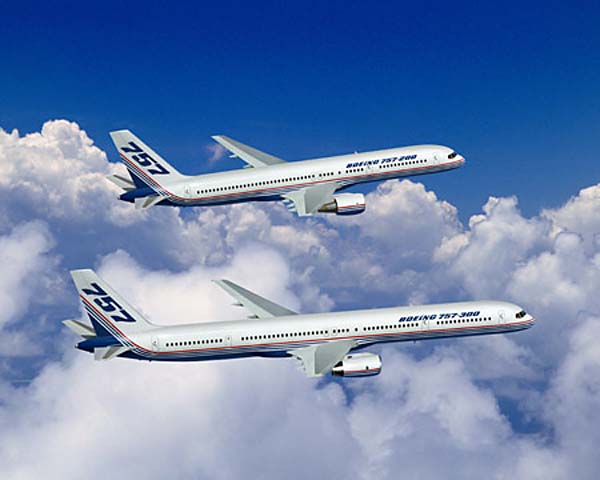Military
How Airbus Is Beating Boeing to a Middle-of-the-Market Airplane

Published:
Last Updated:

Among those new order announcements that poured out of the recent Farnborough Airshow was a below-the-radar switch that deserves a closer look. Low-cost carrier Norwegian Air Shuttle changed an order it had placed in 2012 for 100 Airbus A320neo jets by converting 30 of the planes to the A321LR, Airbus’s solution for demand in the so-called middle of the market (MOM).
Tuesday morning, in conjunction with its second-quarter earnings announcement, JetBlue Airways Corp. (NASDAQ: JBLU) said it is adding 30 Airbus A321s to an existing order. The interesting thing about the order is that JetBlue has the right to configure the 15 A321neo jets as A321LRs.
Boeing Co. (NYSE: BA) has not yet entered the starting gate for an MOM plane, while Airbus is scheduled to make first deliveries in 2019. Boeing for a long time denied that there was enough of a market for an MOM jet as a replacement for its dual-engine, single-aisle 757, although it recently changed its tune and estimated that between 2,000 and 5,000 planes could be required to replace both the aging 757s and the larger wide-body 767s.
The A321LR is a single-aisle, dual-engine jet that reports estimate can carry 206 passengers in a single-class configuration up to maximum range of 4,000 nautical miles. As a replacement for the 757, there’s nothing closer.
Boeing recently told Aviation Week what it believes the market is looking for:
The MOM is starting to shape out to be in an area from where the 757 used to fly to where the 767-200/300 flies. That’s not 100% across the board. You have three groups: those that want to fly more people, those that want more range and the group that wants to fly more people with more range. However, this airplane really wants to be transatlantic, so most of the customers want [it] to fly 4,800-5,000 [nautical miles]. That’s significantly longer than the 757, but the seat count wants to be between 200 and 260 to 270 max. So it is a little bit bigger than a current single-aisle but not quite as big as a 767-type aircraft.
Norwegian Air expects the A321LR to enable the airline to open up new routes between the U.S. east coast and Europe, and between Scandinavia and parts of Asia, South America and Europe.
JetBlue is expanding its Mint service and plans to use the A320s and A321LRs to expand its U.S. transcontinental service. In a clear dig at Alaska Air Group Inc. (NYSE: ALK) and its pending acquisition of Virgin America Inc. (NASDAQ: VA), the airline said:
As west coast travelers face reduced options and less competition, JetBlue is quickly moving to organically strengthen its presence on a national scale with a leading transcontinental franchise between the west and east coasts.
Boeing appears to favor the larger MOM wide-body replacement for the 767, while Airbus thinks its single-aisle version will generate more sales. The market for wide-body planes from either maker has fallen off substantially this year, one reason why new orders for both Boeing and Airbus are so much lower than they have been in the past few years.
If Boeing plans to go after the narrow-body market that the A321LR is staking out, it had better get a move on. A clean-sheet wide-body MOM aircraft is not likely to be ready for delivery until 2024 at the earliest. A stretch version of the 737 MAX 9 with new engines has been discussed, but that would amount to an almost new airplane, so there’s little point in doing anything but another clean-sheet design.
While CEO Dennis Muilenburg would not say this, the reason Boeing is so far behind is that former CEO Jim McNerney denied that a market for the MOM plane existed, even though there were reports that Airbus was working on an A321LR in the fall of 2014. McNerney and Boeing likely saw the MOM as nothing more than a transatlantic carrier. Norwegian has much bigger plans for the plane, and for that matter so does JetBlue.
Retirement planning doesn’t have to feel overwhelming. The key is finding expert guidance—and SmartAsset’s simple quiz makes it easier than ever for you to connect with a vetted financial advisor.
Here’s how it works:
Why wait? Start building the retirement you’ve always dreamed of. Click here to get started today!
Thank you for reading! Have some feedback for us?
Contact the 24/7 Wall St. editorial team.